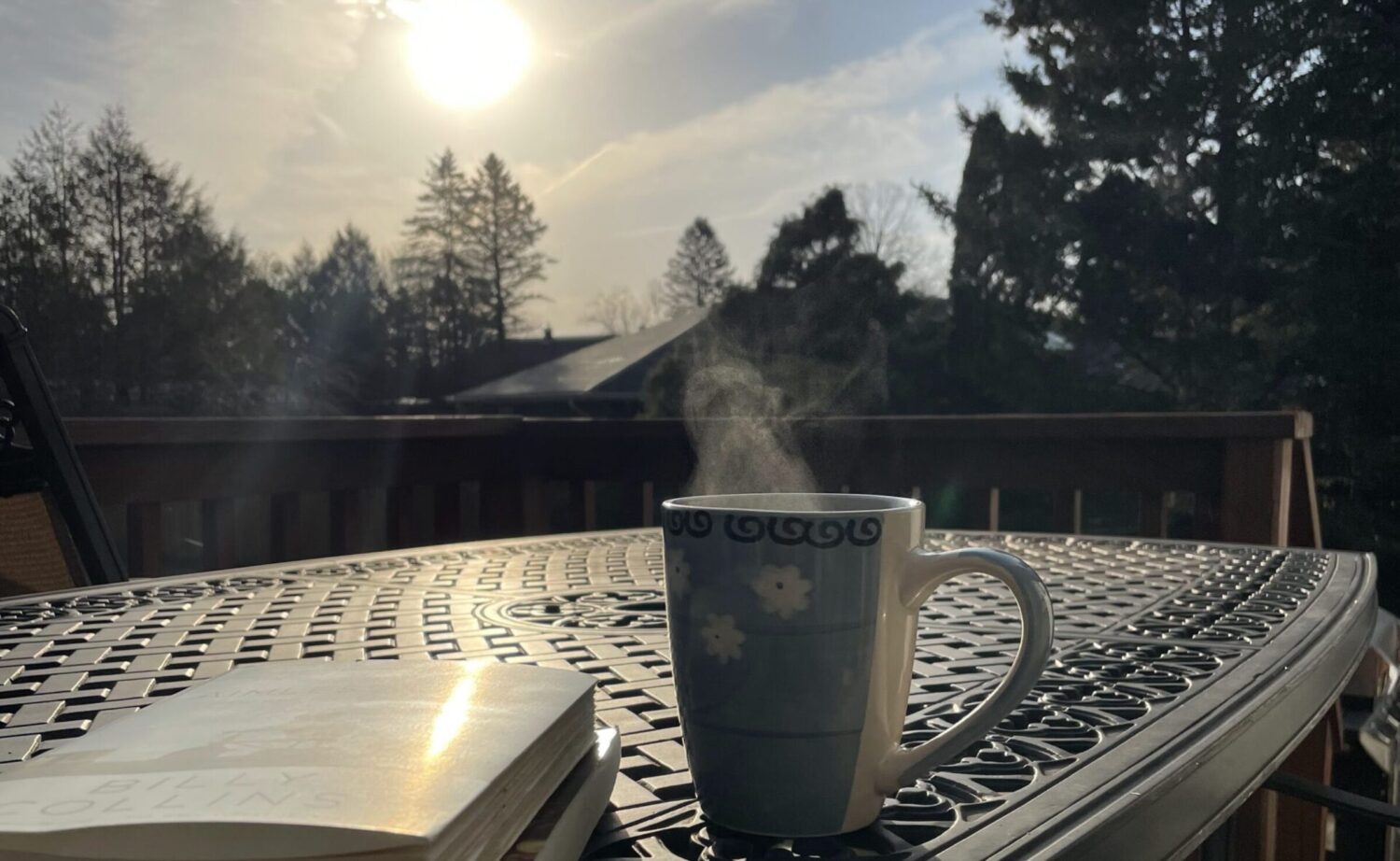I remember the drum line – a vibrant procession that led the guests in to the grand bank turned banquet hall. It was one of those stately Manhattan banks from a forgotten era of grandeur. As we entered, a row of waiters and waitresses greeted us with bellinis and caviar. The floor was marble, the ceiling soared, there were large Grecian columns throughout, and along one side was a long half-wall of arch shaped wrought iron teller windows. The space was fantastic.
It was the swankiest fundraiser I had ever attended. Truth be told, I felt completely out of place – a literary hanger-on who didn’t belong. Guests included Salman Rushdie, Michael Bloomberg, Moby, E.L. Doctorow and a ton of other writers and artists… and me. At the time, I was working as a publishing consultant on a new series of literary criticism books. The Paris Review, the organization hosting the gala (which raised almost a million dollars that night), was working with us to write the introductions to our books and they were giving us the rights to republish their articles of criticism. My client bought a table at the event, we invited a few authors, and The Paris Review filled in the rest of the seats for us.
At ten grand, we had one of the “more affordable” tables located way in the back. Seated next to me (not one our guests – at least I don’t think she was with us) was the writer and poet Eliza Griswold. She had just published her first volume of poetry with Farrar, Straus and Giroux, a major publisher. She was a rising star, and a great addition to the table – funny, smart, well-traveled, and full of stories. We all ate and drank and talked about books and poetry and literary criticism. At the end of the night we cracked open the bottle of single malt scotch from Jura that was the centerpiece for the table, shared a few shots, grabbed our swag bags, and parted ways.
Tonight, I was looking for some poems to read and I pulled Eliza’s book, Wideawake Field, from the shelf. I certainly remembered who she was, but what I didn’t remember was that she had inscribed the book: “Looking forward to what friendship & life might bring.” We never did become friends. In fact, we didn’t stay in touch much after the fundraiser – we talked a little about her doing some work on our books, but nothing ever came of it. Shortly after our book series launched, my client bought another publishing company and my consulting work ended. As for Eliza… well, she went on to publish other books and win a bunch of prizes (Guggenheim Fellowship and Pulitzer).
On and off throughout my life I have lived on the edges of artists and artistic endeavors. In college, I wrote poems and stories and started a literary journal. For many years I worked as a book editor… and then I had a brief stint working to preserve and promote blues music. I have a handful of friends who are artists: photographers, painters, and writers – though they’re more acquaintances than friends. I admire their dedication to their work – but for whatever reason, I never fully embraced the connections or put myself out there in a way to be anything other than on the edges. I’ve always been the shy kid watching from the periphery of the dance floor – the wallflower. I don’t know if I stayed on the outside because I’ve lacked the confidence, or I wasn’t “serious” enough about any one thing to have a “craft”, or simply because I felt like a phony among “real” artists.
Seeing the inscription in the book “what friendship & life might bring” made me realize how closed off I’ve been all these years. I don’t mean that in a bad way, but in the sense that I’ve met a lot of interesting people and have let the opportunities to get to know them better slip away. It’s almost as if I’ve always been too busy, or complacent, or felt that I’d get more from them than they could get from me, or worse – I felt like I’d look like just another hanger-on… I want to get better at this – connecting authentically… taking the time to meet interesting people, and then keeping up with it… seeing what friendship and life might bring.
